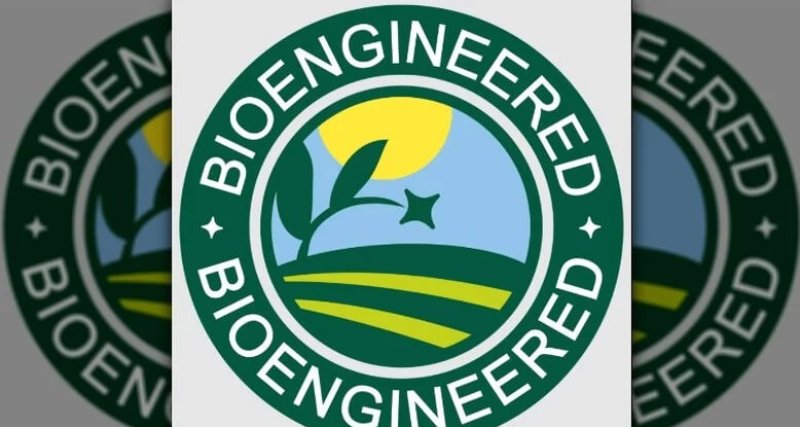Food labels create confusion over what’s considered “safe” and “healthy” food. They all represent different things, and some are just a clever way to increase the product’s price or reputation. So, what makes this “bioengineered” label special, and why is this change happening now? Let’s start by taking a look at the GMO label of the past.
The ‘non-GMO’ label
The Non-GMO Project, a nonprofit based in Bellingham, Washington, was created in 2007 and is responsible for the “non-GMO” butterfly label that we see on many of our foods. The premise is that consumers should know how their food was grown. However, in many cases, the non-GMO label has been used to influence the consumer’s thinking that GMOs are unhealthy and non-GMO is better for them.
Fear is a great motivator and in this case, people were scared of harming their health by eating GMOs. This is similar to how many consumers associate organic as the only food choice for long-term health and sustainability.
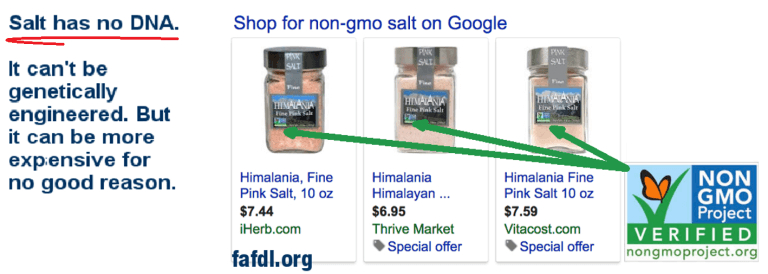
But those correlations are not always accurate. Non-GMO does not mean you are getting a healthier, safer, or more sustainably-produced food item. It is just grown with new technology that allows for fewer pesticides, resists disease, and handles drought, which in turn increases yield on existing land. GMOs are the most widely-tested food in the world and have been deemed safe by the U.S. Food and Drug Administration (FDA), the U.S. Environmental Protection Agency (EPA), and the U.S. Department of Agriculture (USDA). In addition, 59 countries have granted a total of 2,497 approvals for different GMO products.

The non-GMO label may look official, but the FDA or other government organizations do not regulate it. Furthermore, the label was placed on products where no GMO counterpart existed, creating more confusion among consumers. There is no such thing as GMO salt, yet we still see the non-GMO label suggesting that there is, and we’re being charged more for the one with the “non-GMO” label. We have even seen non-GMO water!
Let’s also not forget that there are only ten genetically-modified crops currently approved in the United States.
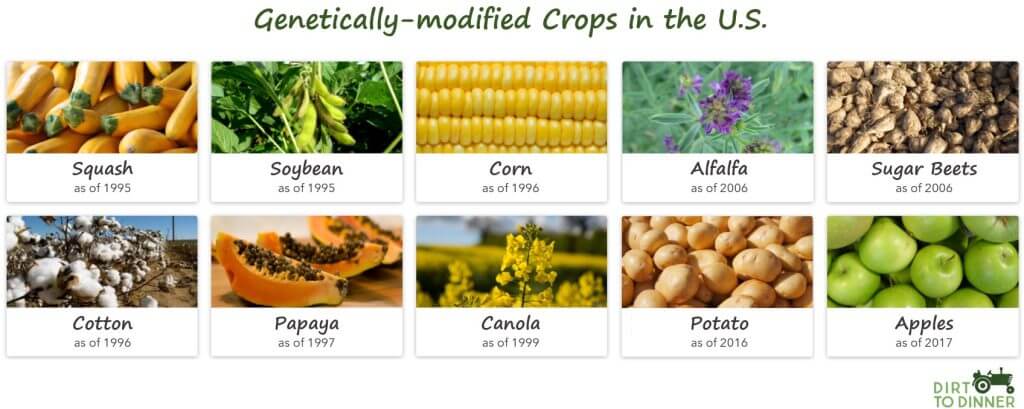
How the new bioengineered label works
All U.S. food manufacturers, including those exporting food to the U.S., must label GMO products, or any products that contain GMO ingredients, as “bioengineered” or “derived from bioengineering.” This guideline was first announced by the USDA in 2018, but companies had until 2022 to add the labels to their packaging. This law aims to keep consumers better educated on their food. Also, some states required the labels and some did not, which caused even more confusion.

So what’s considered ”bioengineered” under this law? There is a threshold for how much genetically-modified materials need to be present in order to use the label. The USDA states that foods with 5% or more of their product derived from GMOs must have the new label. This is different from the threshold in the European Union, where it’s only 0.9%. Furthermore, the non-GMO Project also uses the threshold of 0.9%.
But why 5% if everyone else seems to use 0.9%? This is because trace amounts of genetic modifications, or parts of GMOs, can be found on equipment for processing those products. Genetic modifications can even be carried on pollen. With 5%, it leaves room for any trace amounts of “GMO residue” found on food products. There’s also less opportunity for food brands to capitalize on the label as a marketing tactic.
Producers can use this label in three ways. They can label their product using simple text, apply one of two graphics that the USDA has already approved, or use a QR code. Consumers can scan the code on the packaging to learn more about that product.
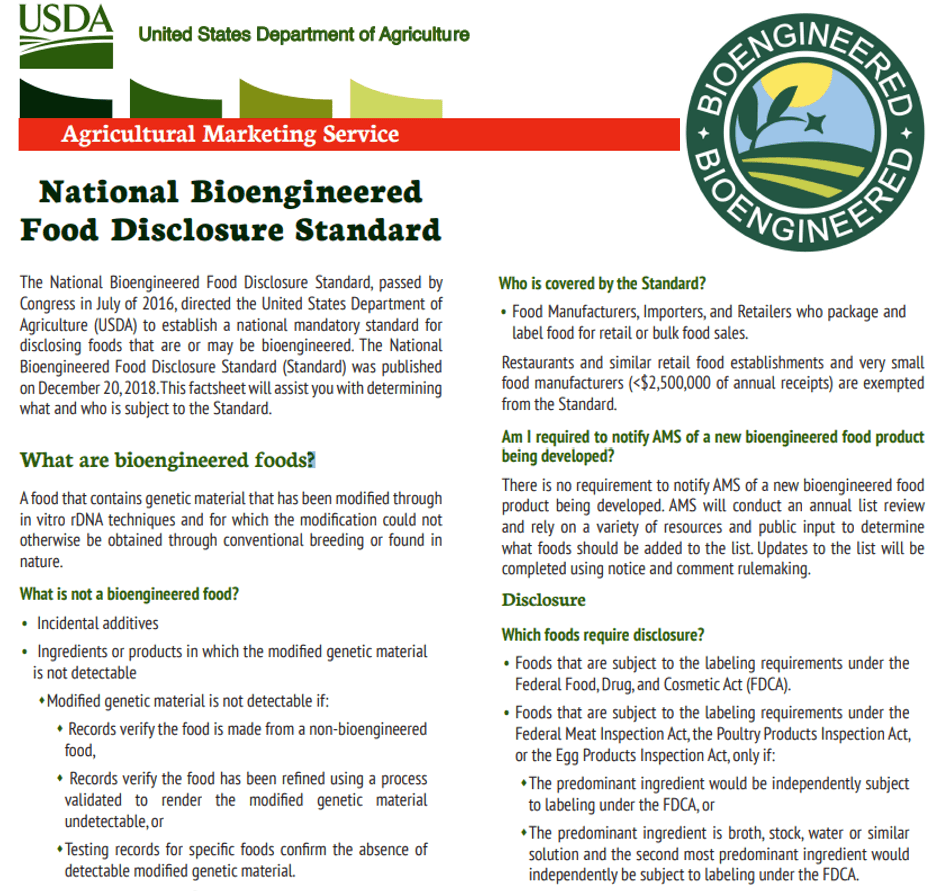
One loophole is if meat, poultry, or eggs are listed as the first ingredient on a food product, the label is not required. Even if one of these ingredients is listed second after water, stock, or broth, the label is not required. So, some prepared food items that may contain GMOs still won’t have this disclosed.
Why this label may just cause more problems
This label may just leave consumers even more confused than they already were. Consumers are already confused about which products are and aren’t GMOs and what the term even means. The non-GMO label didn’t help with this, especially when it was placed on goods with no GMO counterpart.

There are other concerns, as well. Could this lead people to consume more processed foods if they find that their favorite fruits and veggies are now ”bioengineered”? As with organic, they may believe that processed foods without the label are the healthier and safer option. For instance, a non-GMO pizza with all the toppings versus a GMO arctic apple?
Lastly, some manufacturers may face economic loss due to these new standards. Although most GMO crops are used for animal feed, ingredients like corn, canola, soybeans, and sugar beets all have GMO counterparts used in routine products made for humans.
D2D did an Instagram poll in which followers were asked: “Are you more or less likely to purchase a product labeled ‘bioengineered’?”
100% stated they were less likely. Companies that use GMO products and the new corresponding label may see a decline in sales and/or customer loyalty.
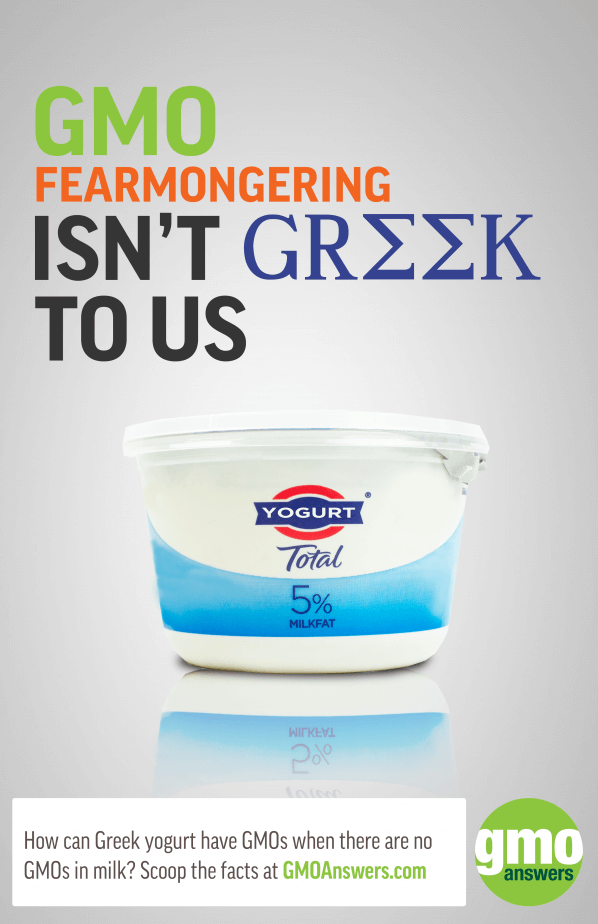
Is there a potential upside to the change in labeling?
Despite the confusion, there are a couple of positives here. Consumers are already demanding transparency in their food system, a trend we see growing in 2022. People want to know nuts to bolts: where their food came from, how it was grown or raised, down to the farmer’s name. Using this new USDA-vetted label, we’re increasing more scientifically rigorous transparency in the food system.
The other positive effect this label could have is increased education among consumers. The QR code alone has the power to help educate others on GMOs – the truth. This code can help change the narrative that’s been present for way too long and finally help consumers understand why we need GMOs in our food system – for our planet’s health, food security, and much more.
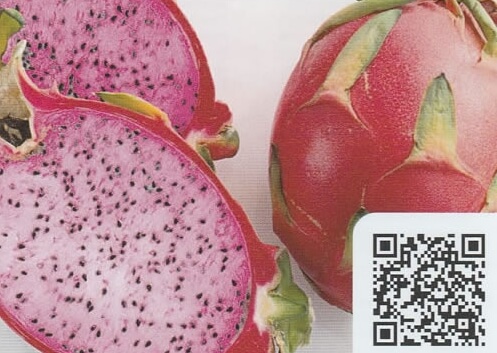
We see this as an opportunity for the USDA and food manufacturers alike to take advantage of this label or QR code to educate consumers on the safety and benefits of GMOs rather than use it as a scare tactic.
Khala Hurd is graduate of Cornell University and a writer for Dirt to Dinner. Follow Khala on Twitter @khala_hurd
A version of this article was posted at Dirt to Dinner and is used here with permission. You can check out Dirt to Dinner on Twitter @Dirt_To_Dinner

